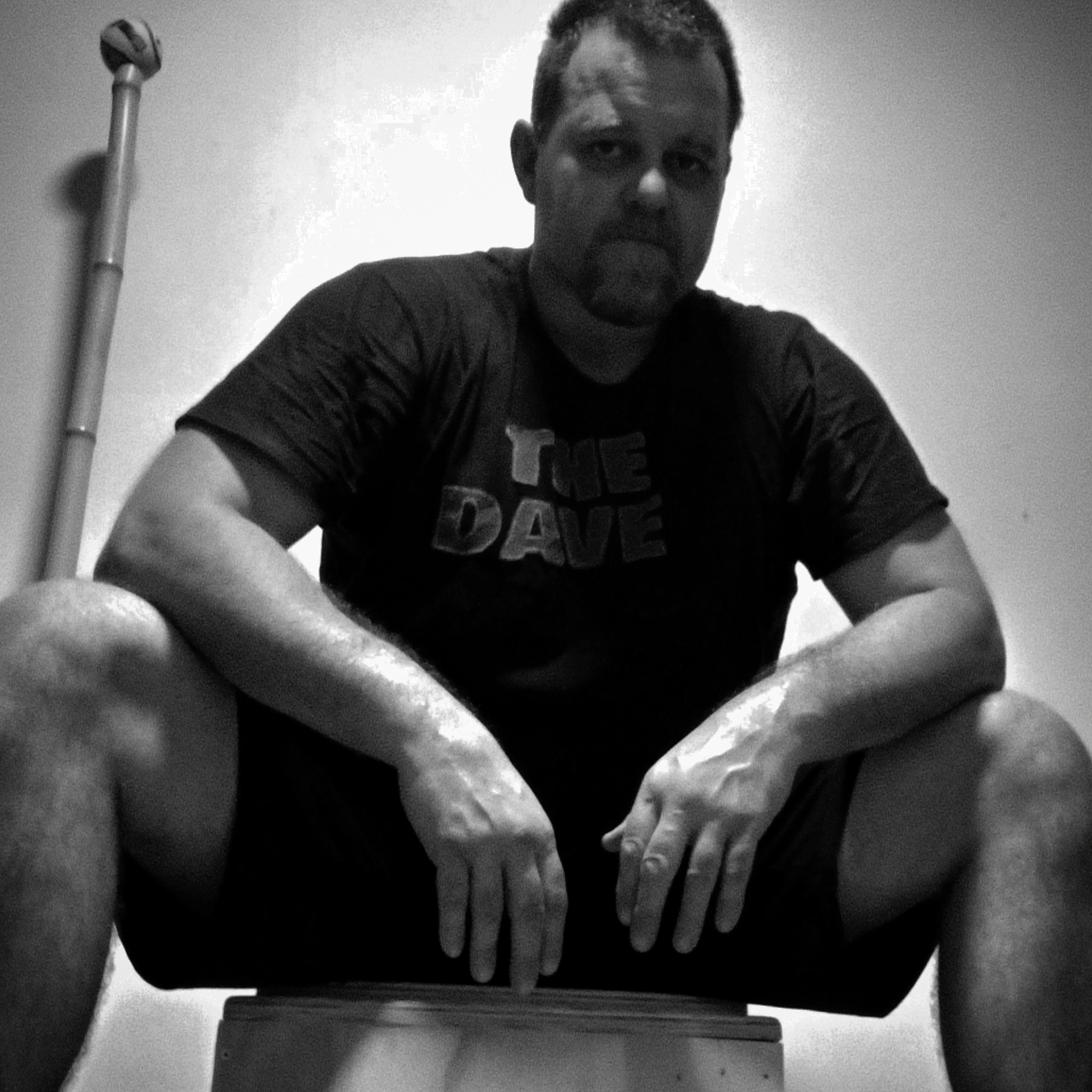Running Alternatives for Boxers
- Dave Hedges

- Apr 29
- 4 min read
“Hello Coach, I'm a boxer and still active, boxing in the heavyweight division.
I've had three operations on my right knee, on the outside of the mini-knee, and cartilage damage. I can no longer run intervals.
My question is, how can I still box if I can't run?
What exercises, circuits, or equipment can or should I use?
And how often should I use interval training as a substitute for my legs?
What's your advice for me as a big coach?
Best wishes,
Tan🥊”
Good question Tan, thanks for sending it in.
First, are you a boxer or are you a runner?
The reason I ask is to figure out what training you actually need to be doing.
A needs analysis if you like.
We know the answer, you said it in your question, you’re a boxer.
NOT a runner.
So why is this concern that you have to run even a question?
I've genuinely long wondered this. And the only answer I can reliably come up with is tradition.
Any other answer is easily debunked.
So why do boxers run?
They say it's for cardio
It's to train the legs
Truth is, yes leg endurance goes up and the aerobic system improves. But not in a manner that directly improves your boxing.
Aerobic development is a far wider topic that many realise when we start getting into the weeds of it.
But like most things fitness related, application is relatively simple.
Let me illustrate by talking about a gentleman who just started working with me recently post heart surgery.
He, obviously, cannot train intensely right now, too much blood pressure could damage the surgery site as it heals.
Plus, he has many other tightnesses, old injuries and what have you, normal stuff for a person of a certain age who has lived an active life.
So what we're doing is putting together circuits of exercises that will deal with his old issues while working at a pace guided by a heart rate monitor.
We call these aerobic circuits and they are wonderful for people with chronic injuries to use.
Aerobic, or cardiovascular fitness training is about efficiency of the heart, lungs and blood flow.
It's how efficiently we get the air in and out of our lungs
It's how efficiently the heart pumps the blood, both in terms of volume per pump and the power of each pump.
It's about how efficient the gas exchange is at each cell along the way.
It's not about running or any other specific exercise.
The bike, the rowing machine, swimming, circuits and rucking all make for great aerobic development activities.
We just have to monitor our intensity.
For stroke volume, we want to be in zone 2. Relatively low heart rate, so called conversation pace. You can talk easily at this intensity.
This low intensity load allows the heart time to fill up and experience a stretch before pumping the blood out, you increase the volume of blood moved per stroke
Any activity you can do for 30 minutes plus at this low intensity is good.
So shadow box, cycle, light kettlebell snatch, bodyweight moves, easy farmers walks. Whatever.
For lower body strength running isn't the best option.
OK, if we call hill sprints running, then yeah that's a great option.
For strength we need short intense bouts of work with extended rests.
So squats, box squats, split squats and lunges.
Deadlifts, cleans, high pulls.
Use barbells, dumbbells, kettlebells, landmine attachments, sandbags, rocks, whatever.
Use the good old fashioned 3-5 method
3-5 reps for 3-5 sets. Idiot proof.
Between the low intensity work, especially if you use bodyweight movements to move in many ways, and the heavy lifting that takes care of most of the needs of the body.
Start each session with skipping and plyometrics and you ought to be fine.
If you want ideas for putting circuits together, get my WMD eBook available on both www.wg-fit.com and www.davehedges.net
For a more detailed breakdown of training the entire spectrum of the aerobic system, Joel Jameson’s book MMA Conditioning is excellent if not exactly user friendly.
I believe he has subsequent work that is a bit more transparent for the layman.
Final thought to summarise
Traditions are great, but can be limiting. Especially when it comes to supplemental training for sports.
We have a good deal of sports science research to lean into. We can look at the training methods from a plethora of sports and take influence from them.
For example, the best footwork of any fighter I ever sparred was a lad who grew up playing basketball. One of the strongest kettlebell sport athletes I met had spent his life working as a scaffolder lifting steel poles over his head.
Success leaves clues
And looking outside your box helps you decide what tools to put in your box.
It's simple
Not easy
Great question.
If you have a question, please do not hesitate to send it in.
Chat soon
Dave
Regards
Dave Hedges



Comments